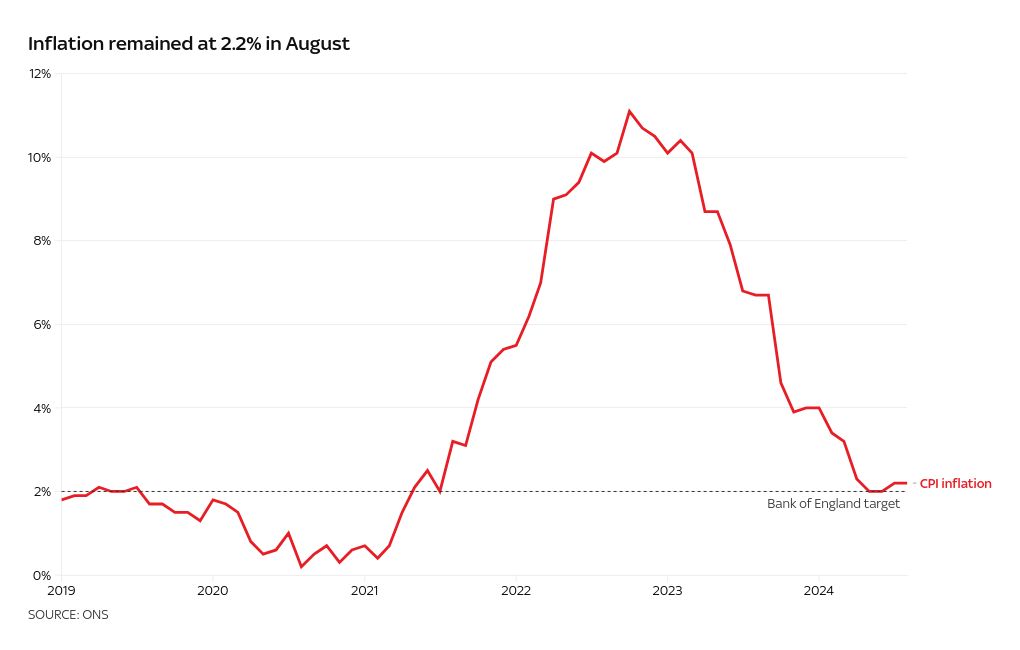The road toward embracing neurodiversity in the workplace is a bumpy one, involving years of erroneous assumptions, stigma and prejudice. Harmful stereotypes about the abilities of neurodivergent individuals have posed a significant obstacle to their employment opportunities and career advancement. However, with 65.6 million members of the workforce in 2023 having some form of learning and attention challenges, and as more people become educated on what neurodiversity is, the tide is changing, ushering in a new era of awareness, inclusion and appreciation for neurodiverse perspectives.
AI is playing a transformative role, unmasking new opportunities for neurodiverse individuals. Employers are recognizing the unique benefits neurodiverse talent brings to technology roles. In turn, many neurodiverse individuals are discovering that AI and other tech roles align with their interests and unique skill sets.
Benefits of neurodiversity in the AI workforce
Neurodiversity is a spectrum that includes a variety of disabilities such as ADHD, autism, dyspraxia and dyslexia, all of which affect the brain in different ways, causing those with these nonapparent conditions to process information differently than both their neurotypical and other neurodiverse counterparts.
Though each disorder presents itself in a variety of ways, some common attributes of neurodiverse individuals include pattern recognition, attention to detail and out-of-the-box thinking. For example, while those with dyslexia might struggle with accuracy in written communication, they often excel at pattern recognition — a highly valuable skill in machine learning (ML) testing, modeling and data science. Similarly, individuals with autism spectrum disorder might struggle with verbal communication, but their excellent memory and quantitative abilities are highly sought-after STEM skills. ADHD, though often linked to hyperactivity, brings the unique capability of hyperfocusing on tasks, a valuable trait for evaluating large datasets and building complex AI programs.
According to the Neurodiversity in Business’ Neurodiversity at Work 2023 study, neurodivergent employees in tech roles, like engineers and technicians, are between 90% and 140% more productive than their neurotypical peers. Furthermore, teams that include neurodivergent individuals can be 30% more productive than those that do not. This shows that encouraging diversity in teams is not only the right thing to do from an equity perspective but also has an undeniable positive impact on business outcomes and success.
Education on the value of neurodiverse perspectives
While the workforce has come a long way towards accepting neurodiversity, the estimated unemployment rate for neurodiverse adults remains eight times higher than the rate for those without any disabilities, running as high as 30% to 40%. To address this gap and meet the challenge of an AI future and an economic environment where AI will play a key role, we need to reach both the talent of today and the talent of tomorrow.
Building the talent of tomorrow requires a focus on early education for neurodiverse students. To avoid losing sight of neurodiverse students’ true potential, rather than making assumptions about a student’s skill levels based on traditional test scores, particularly in language and writing, the education system needs to focus on a more holistic evaluation to be more inclusive of neurodiverse students. By identifying the unique ways, subjects and environments in which different neurodiverse students thrive, we can ensure these students don’t fall through the cracks and help connect them with opportunities to leverage their skillsets and build fulfilling careers.
Organizations — particularly those with AI projects — possess a unique opportunity to create environments where neurodivergent individuals can thrive, and building this environment starts with educating their current workforce on what it means to be neurodivergent, emphasizing the unique perspectives and benefits these individuals bring to the organization. It is crucial to challenge and reset negative narratives that neurodiverse individuals may have grown up with, fostering a positive culture that highlights the strengths of thinking differently. By creating an environment that is aware and supportive of these conditions, organizations can ensure their current and future neurodiverse employees have the acceptance and resources they need to create and innovate without fear of judgment.
Shifting hiring paradigms to promote diversity
When reviewing resumes, hiring managers have to learn to look past trivialities, like minor spelling and grammar mistakes, and more on applicants’ STEM skills that are relevant to the position. For example, when developing a line of code, it will be eminently apparent and fixable if something is misspelled, so labeling someone as careless due to a few swapped letters in a resume tends to have a disproportionately negative effect when reviewing potentially strong candidates for AI positions.
Using AI to identify key skills and certifications as part of the resume review process helps to combat issues of neurotypical bias in the hiring process. Organizations can also provide other options for applicants to show their skills, such as work samples and aptitude tests that are relevant to the actual role the candidate would be performing.
Leaning into neurodiversity for AI
While the onus of increasing neurodivergent hiring and building safe and accepting workplaces is on the employer, to set a foundation for future generations, neurodiverse people need to embrace their unique strengths and showcase them to future employers. These individuals need to allow themselves to think outside of the box, become a differentiator, and see their neurodivergence for what it can be: a superpower.
Joining the AI field presents organizations and neurodiverse talent with the opportunity to create a positive feedback loop — having neurodiverse individuals on AI teams brings a new perspective to new AI solutions that solve challenges other neurodiverse individuals face, in turn lowering barriers to entry for future neurodiverse individuals to join the AI field. In the near future, the United States’ economic prosperity and national security will depend on AI. To build a strong and productive AI workforce, maintain the U.S.’s position as a financial, technological and security leader, and close the widening socio-economic gap made by preventing neurodiverse talent from entering the workforce, we must prioritize creating a more inclusive, diverse AI workforce. Achieving this will require education, acceptance, and appreciation of neurodiverse individuals.
John Larson is executive vice president for artificial intelligence at Booz Allen Hamilton. John Beezer is senior advisor to the U. S. Senate Committee on Commerce, Science and Transportation. Both are AI leaders with dyslexia who have experience overcoming the barriers neurodiverse talent faces when entering the workforce.
Copyright
© 2024 Federal News Network. All rights reserved. This website is not intended for users located within the European Economic Area.



